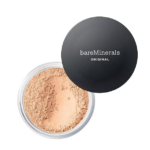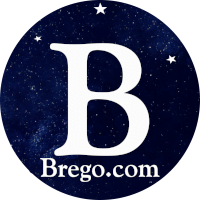Web3 Shopping vs. Traditional E-Commerce: A Comparison
The rise of Web3 technologies like blockchain, distributed ledgers, and decentralization are transforming the economy and the way we shop. As a result, there is an increasing demand for secure and reliable ways to shop online. But what are the advantages and disadvantages of Web3 shopping compared to traditional e-commerce? In this article, we will explore the pros and cons of both and compare the different types of shopping platforms available.
Advantages of Web3 Shopping
When it comes to shopping online, Web3 offers many advantages over traditional e-commerce. These include:
Increased privacy, security, and trust – Web3...
Related Posts
- The Advantages of Web3 Shopping
- Welcome to Web3Shopping.com
- Web3 Shopping Hub
- 2024 Fashion Forecast: A Blend of History, Rebellion, and Personalization
- Web3 Phones: The Future of Mobile or Just Hype?
- Web3 Phones: The Future of Mobile or Just Hype?
- Decentralized Commerce: Unlocking Financial Inclusion for Underserved Communities
Recent Posts
-
Web3 Shopping HubMay 15, 2024 | Uncategorized
-
-
 Web3 Phones: The Future of Mobile or Just Hype?Apr 27, 2024 | Web3 Phone News
Web3 Phones: The Future of Mobile or Just Hype?Apr 27, 2024 | Web3 Phone News -
Web3 Phones: The Future of Mobile or Just Hype?Apr 27, 2024 | Uncategorized
-

-
 Top Selling VR Headsets & AR GlassesDec 9, 2023 | VR & AR Gear
Top Selling VR Headsets & AR GlassesDec 9, 2023 | VR & AR Gear -
 Humane Produces an “AI Pin” Ambient PhoneNov 20, 2023 | Ambient Phones
Humane Produces an “AI Pin” Ambient PhoneNov 20, 2023 | Ambient Phones -

-

-

-

-






